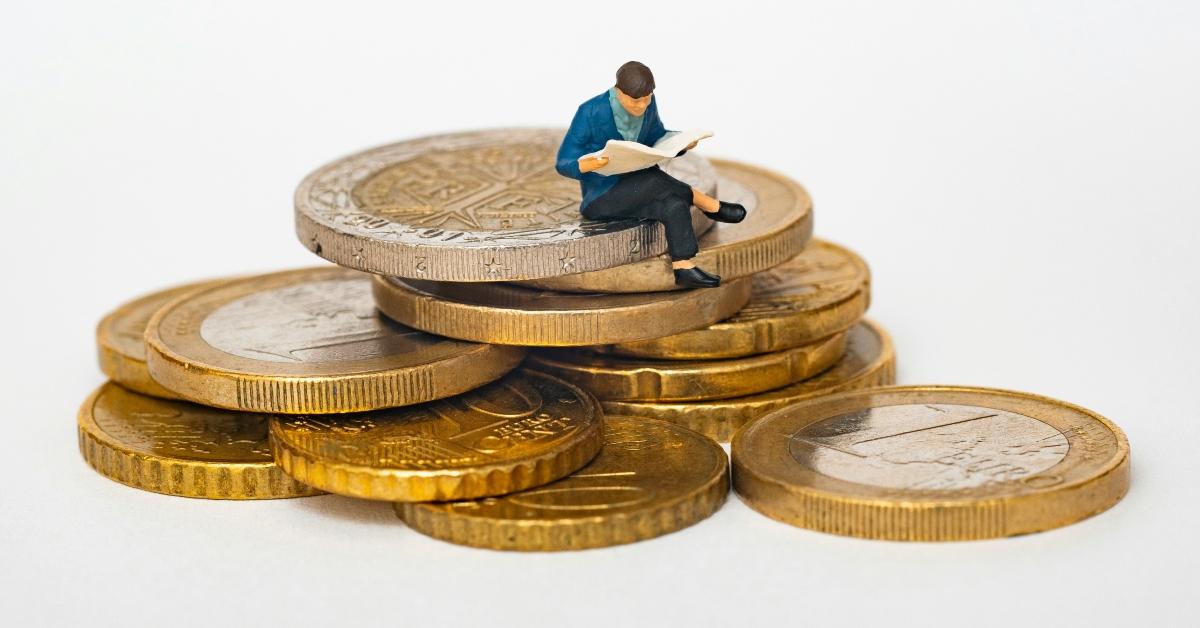Who Pays the Tariff on Imported Goods? The Answer May Not Please Cost-Weary Americans
If the tariff is 20 percent, you can expect your $29.99 pair of shoes that were manufactured in China or containing parts manufactured there to now cost around $35.99.
Published Nov. 8 2024, 12:44 p.m. ET
When the 2024 Election rolled around, concerns about the economy were a cornerstone of what drove people to the polls to cast their votes one way or another. With choking inflation causing people to feel the pinch in their wallets, everyone is a little concerned about the way things are headed.
To more than half of voting Americans, that meant voting for former and President-elect Donald Trump, in an effort to switch from the policies of the past four years. Trump has made big promises about tariffs that he claims will make things cheaper for Americans and help the economy flourish. But who really pays the tariffs on imported goods? It's bad news bears for the Americans who chose Trump to ease the pain in their wallets.
This is who really pays the tariffs on imported goods.
Tariffs can be complicated, and a recent trending influx of videos on social media shows that many people don't really understand how they work. It's something voters should have been educated on before casting their votes, but it's better late than never. Here's how they work.
Tariffs are a tax on imported goods. They are usually charged as a percentage of what a buyer pays to a seller. Which means that if there is a 20 percent tariff on goods from China, for instance, and a company ships those goods into America to sell to you, the American company that receives the goods will be paying 20 percent in taxes in the form of tariffs, which will then go to the U.S. Treasury.
While this sounds like a good thing, with more money going to the government to fund necessary domestic improvements, there's a major problem. Tariffs are not paid by the foreign country; they are paid by Americans and American companies receiving the foreign goods.
Corporations will do anything to avoid losing a profit. That means they will pass the 20 percent increase right on to the consumer: you. As a result, Americans will pay a percentage more for imported goods proportional to whatever tariff Trump and the new administration sets when they enact their new policies. If it's 20 percent, you can expect your $29.99 pair of shoes that were manufactured in China or containing parts manufactured there to now cost around $35.99. It seems minor, but the effects add up.
So what does this mean for American consumers?
During the election, Vice President Kamala Harris and her team treated the threat of tariffs almost like a joke. They did not seem to take it seriously, and rather than educating worried voters on what it would mean to them, they brushed it off and let Trump continue to make promises based on misinformation. She occasionally challenged Trump on the idea, but failed to explain why it was such a dangerous idea to play with.
Unfortunately, that means that a lot of Americans are waking up to realize that the ease they thought was coming for their wallets soon will actually mean a harder hit than before. If high tariffs are levied against some of the United States' major importers, things will get more expensive across the board.
While domestic goods are generally not directly impacted by tariffs, the world lives in a global economy which means many American companies use imported parts. As those parts increase in cost, so too will goods produced in America with specialized imported parts. In addition, economists who have studied the tariffs Trump has proposed suggest that Americans could see an additional 6 percent inflation, at minimum.
So what this means for American voters is that many people were promised some room to breathe in their finances with more aggressive tariffs. Instead, they will likely find outrageously priced imported goods and a slight hike in the cost of domestic goods as everyone adjusts to the higher costs of importing products.
Trump has suggested wielding tariffs as a way to avoid wars by holding the threat over foreign competitors, to punish competitors, and promises to build American companies by reducing the amount of low-cost goods being shipped in from overseas. The hope is that high tariffs on imported products will force major companies to produce goods in America. Unfortunately for the American people, it could mean a few feel-good moments about American manufacturing, and a lot of pain in the wallet.
The reality likely means higher costs across the board for consumers. As President Joe Biden has been inextricably linked with "Biden-flation," Trump's painful legacy may be the "Trump Tariffs" if he follows through and enacts them.

